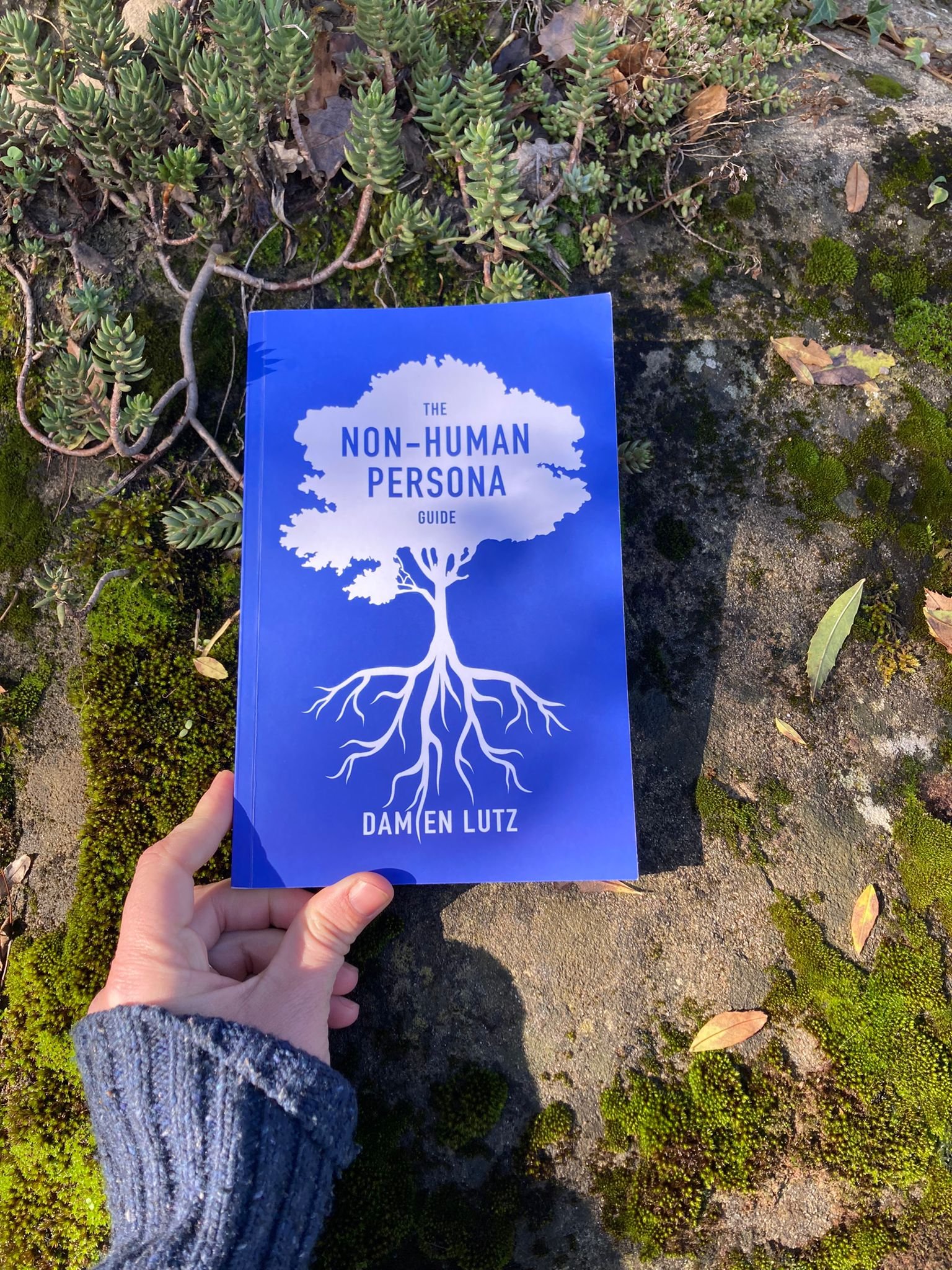How to give nature a voice in your design practice!
Ever thought about bringing nature into your design journey? Today, we'll show you how with a twist: Life-Centered Design and Non-human Personas!
“Life-Centered Design is an actionable design approach that gives designers and other creatives the mindset, opportunity and ability to design holistically. It allows designers to include all life forms and advocates for biological ecosystems and non-user communities. LCD moves away from creating value for the end user & shareholders towards adding value for nature, communities and the economy.”
Traditionally, we have learned to design for humans, specifically for an end-user. Adding a holistic lens to design stretches the concept of the user or use. Can nature also be a user of design? LCD includes a nature point of view, giving species, habitats & ecosystems a voice in the design practice.
Non-human personas are a way to create an emotional connection with nature and non-human entities in Life-Centered Design through scientific research, creativity and imagination. They are a way to understand the needs and perspectives of non-human actants. They help you create designs that include these actants..
Understanding a non-human actant involves exploring its place and role in the ecosystem, knowing when it is suffering due to climate change and human activity and defining the added value for nature and humans when the non-human actant thrives. Creating a non-human persona involves scientific research, emotional narrative, and communication through various mediums.
When you want to create a Non-human persona, you are making a biography of natural life, a plant, an animal, a village, a building or a legal entity while adding an emotional narrative. This goes deeper than a traditional persona and provides more scientific and emotional data. They are a means to truly connect with the topic of the non-human persona and understand nature.
One of our favourite Non-Human Personas is Ibon de Plan, a glacial lake in our neighbourhood. Listen below to what the lake has to say .
The realm of Non-Human Personas is currently in the spotlight within the design community, sparking our enthusiasm. However, it's essential to acknowledge the professionals who have been diligently pioneering this path for several years.
My journey into Life-Centered Design began in 2020, a pivotal moment marked by my discovery of Monika Sznel's groundbreaking article on Non-Human Personas. Her insights resonated deeply, and I found myself enthusiastically exclaiming, "YES! this makes total sense."
In the course of my research, I had the privilege of encountering the prolific Martin Tomitsch. His comprehensive series of articles is a beacon of knowledge, with one particularly captivating example illustrating how IBM ingeniously integrated frogs as non-human stakeholders in developing a citizen science app. I wholeheartedly recommend a thorough exploration of the following three articles:
Now, while there are countless other luminaries in this field, I'd like to shine a spotlight on Damien Lutz, whose contributions to Life-Centered Design and Non-Human Personas are truly noteworthy. Our paths first crossed in one of my webinars, and we've been reliable supporters of each other's journeys ever since. Damien's most recent publication, "The Non-Human Persona Guide," is a treasure trove of case studies, frameworks, and narratives that give nature a resounding voice within the design process.
As designers, we invite you to immerse yourselves in the world of Life-Centered Design. Non-Human Personas serve as an excellent starting point on this exhilarating journey. Be sure to explore our forthcoming On-Demand course on Non-Human Personas, set to launch on November 3rd, and embark on your very own Life-Centered Design journey!




